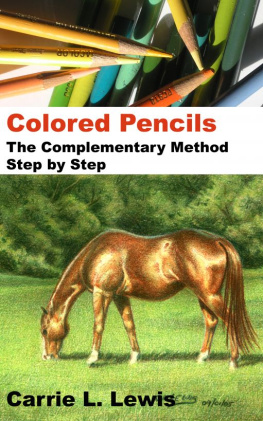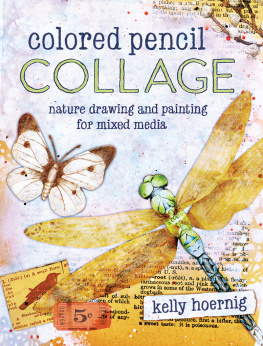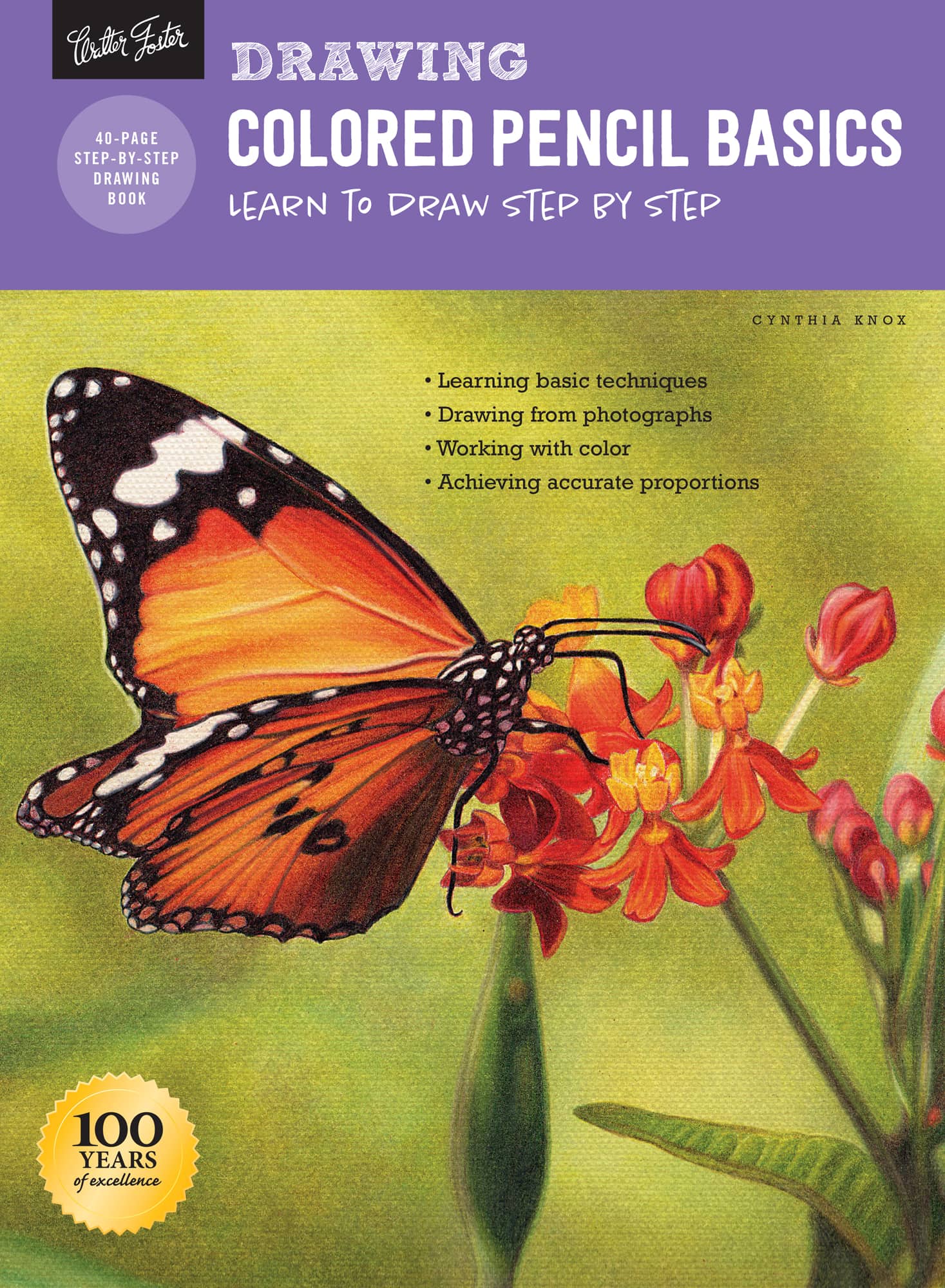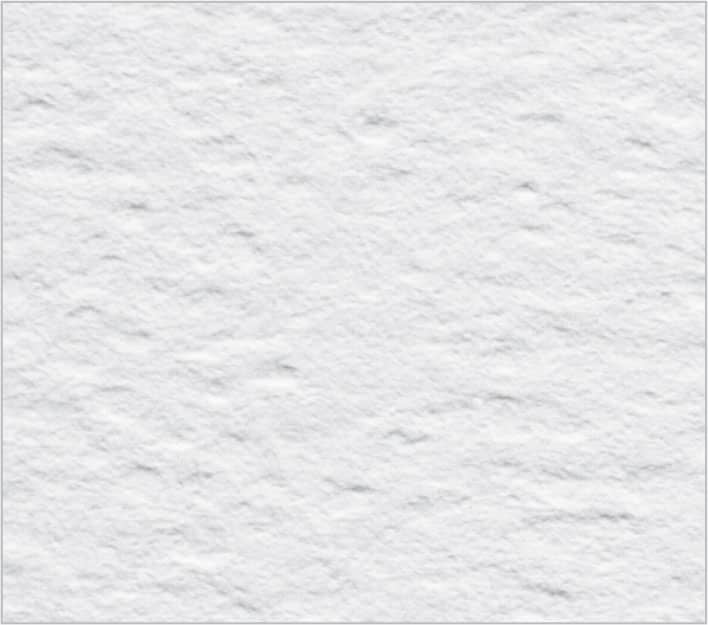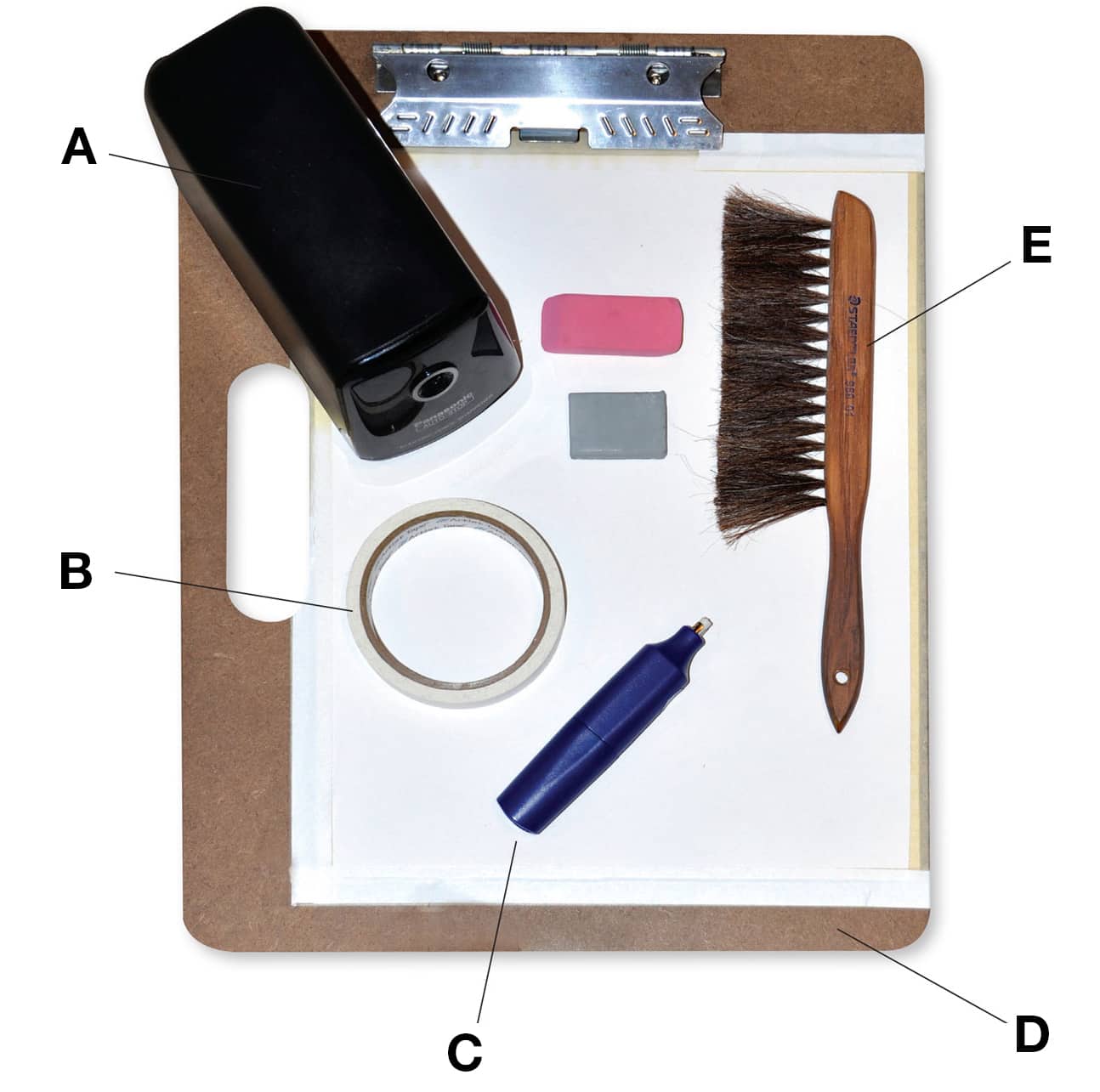Cynthia Knox - Drawing: Colored Pencil Basics: Learn to draw step by step
Here you can read online Cynthia Knox - Drawing: Colored Pencil Basics: Learn to draw step by step full text of the book (entire story) in english for free. Download pdf and epub, get meaning, cover and reviews about this ebook. year: 2020, publisher: Walter Foster Publishing, genre: Home and family. Description of the work, (preface) as well as reviews are available. Best literature library LitArk.com created for fans of good reading and offers a wide selection of genres:
Romance novel
Science fiction
Adventure
Detective
Science
History
Home and family
Prose
Art
Politics
Computer
Non-fiction
Religion
Business
Children
Humor
Choose a favorite category and find really read worthwhile books. Enjoy immersion in the world of imagination, feel the emotions of the characters or learn something new for yourself, make an fascinating discovery.

- Book:Drawing: Colored Pencil Basics: Learn to draw step by step
- Author:
- Publisher:Walter Foster Publishing
- Genre:
- Year:2020
- Rating:3 / 5
- Favourites:Add to favourites
- Your mark:
Drawing: Colored Pencil Basics: Learn to draw step by step: summary, description and annotation
We offer to read an annotation, description, summary or preface (depends on what the author of the book "Drawing: Colored Pencil Basics: Learn to draw step by step" wrote himself). If you haven't found the necessary information about the book — write in the comments, we will try to find it.
Whether youre a novice or an accomplished artist just getting started with colored pencil, Drawing: Colored Pencil Basics provides you with the instruction and inspiration you need to master this versatile medium. By starting with the necessary supplies and basic techniques, this colorful, comprehensive guidebook gives you a solid foundation so you can work through each stunning project with ease and joy. Award-winning artist Cynthia Knox first teaches the fundamentals: tools and materials, colored pencil techniques, color basics, the basic shapes drawing method, the grid method, using photo references, and more. She explores blending, burnishing, and layering colors, plus a range of styles and techniques for creating your own works of art in colored pencil.
After learning the basics of drawing in colored pencil, move on to the step-by-step lessons, which demonstrate how to draw strikingly realistic still life and animals. Each drawing project focuses on a specific technique. Included drawing projects are a fall leaf, a colorful cupcake, a butterfly on a flower, a pony, a bowl of cherries, and a puppy-all in gorgeous, realistic detail. A reference photograph is used for each project, so you can learn how to transform your everyday photographs into beautiful pieces of art with only paper and colored pencil.
Designed for beginners, the How to Draw & Paint series offers easy-to-follow guides that introduce artists to basic tools and materials and include simple step-by-step lessons for a variety of projects suitable for the aspiring artist. Drawing: Colored Pencil Basics allows artists to develop drawing skills by demonstrating how to start with basic shapes and use pencil and coloring techniques to create varied textures, values, and details for realistic colored pencil drawings.
Cynthia Knox: author's other books
Who wrote Drawing: Colored Pencil Basics: Learn to draw step by step? Find out the surname, the name of the author of the book and a list of all author's works by series.

